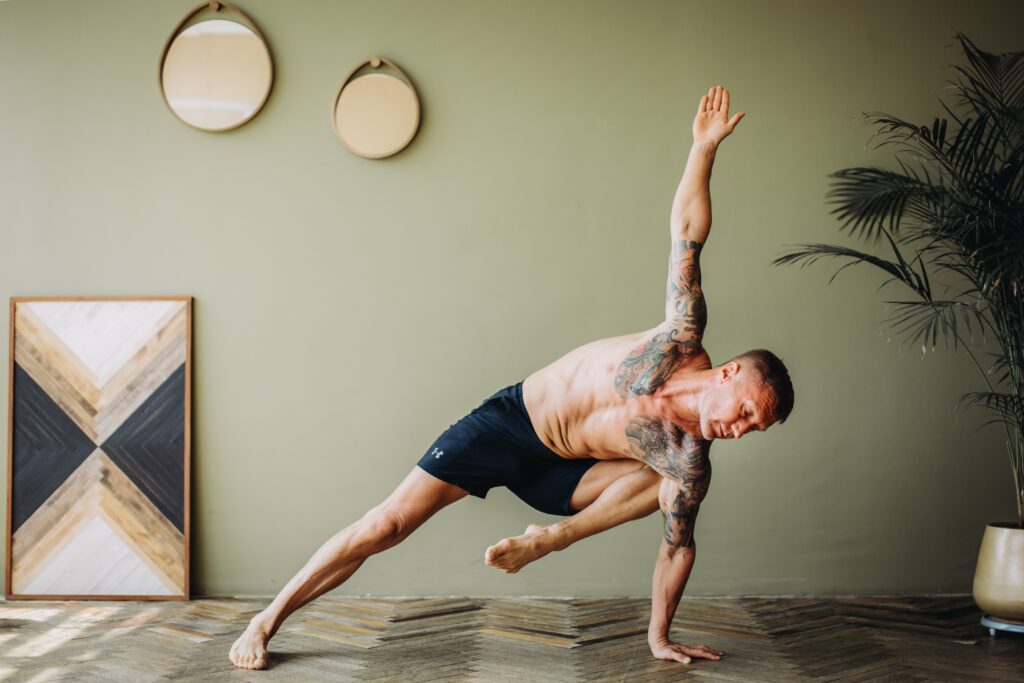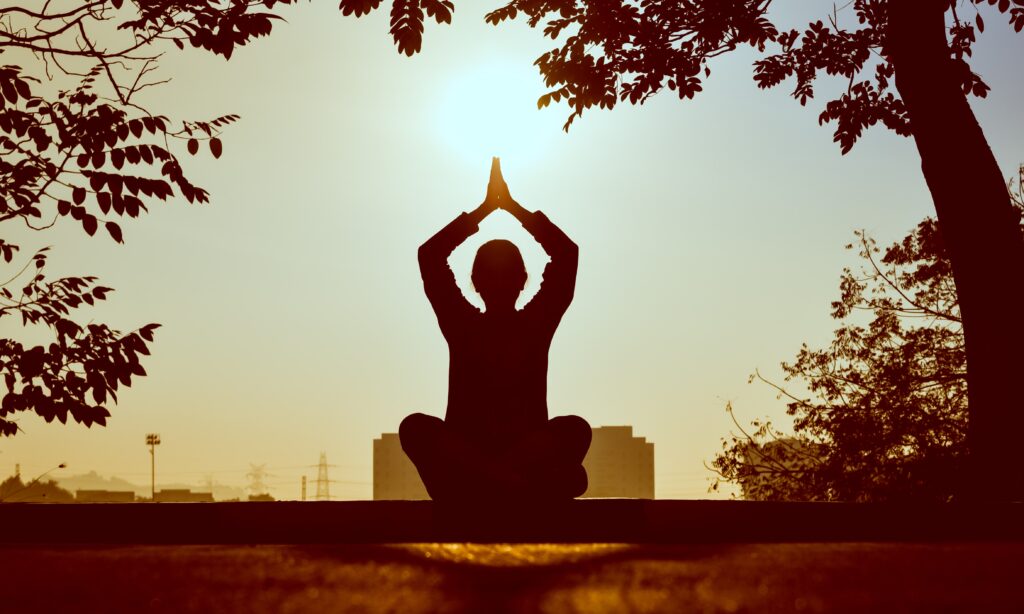by Mia Hairston, CETL Staff

By Mia Hairston, CETL Staff
Many of us have come to know or love yoga as a combining of physical, mental, and spiritual methods to quiet the mind, to release tension in the body, and to combat stress. The many variations of yoga and the accompanying techniques may leave one with questions regarding how and where to get started. Allow an introduction to Vinyasa to serve as a new means toward self-care and reflection that can, in turn, inform our teaching practices.
What is Vinyasa?
The word Vinyasa is Sanskrit for “to do in a special way” so, there is no surprise that this style of yoga takes a very modern approach to the ancient practice. Vinyasa, often described as a moving meditation, connects the mind and body through movement and breath in an effort to create a flow of energy.
~A lesson in every session
Generally, yoga gives us a glimpse of our internal state and challenges us to push beyond our limits on and off our mats. The subtle approach of Vinyasa is less about the physicality of the practice, but more so about mental attributes of acceptance and balance as we navigate inevitable change. Vinyasa ensures a new challenge, lesson or takeaway as no two sessions are the same.
~Journey is > Destination
In many exercise regimens, reaching a certain position is emphasized more than the actual steps taken to get there. This could not be more inaccurate in Vinyasa which places just as much emphasis on graceful transitions and synchronized breath between each posture. In true yoga fashion, the goal is never perfection but embracing what you can offer where you are in a particular place and time.
~Vinyasa + Health Benefits
Among the unlimited benefits of Vinyasa are mental clarity, improved circulation, detoxification, lowered heart rate and blood pressure. Participants have reported increased energy levels, release of emotional toxicity, weight loss and a slowed aging process as a result of a regular routine.
~Vinyasa Informed Teaching
Research suggests that yoga and its interconnectedness with mindfulness has strong value in the world of education. Mindfulness, a form of meditation which includes breathing techniques and visualization promotes absence of judgement, self-awareness and acceptance has proven beneficial for both, educators and students. A classroom formula of increased focus, self-control and compassion with a decrease in anxiety, depression and overall burn-out will ensure an improved academic performance.

RESOURCES
YouTube is an amazing resource for free Vinyasa videos.
Vinyasa Flow Yoga Class for Beginners – YouTube
Apps such as Down Dog and Glo make it possible to practice yoga just about anywhere, anytime.
Down Dog | Great Yoga Anywhere (downdogapp.com)
Glo | Unlimited access to online yoga, meditation, Pilates, and fitness classes live and on-demand